
The normal liver receives arterial blood from the hepatic artery and venous blood from the portal vein. Regarding arterial blood flow, the celiac artery branches off of the aorta and the hepatic artery branches off of the celiac artery.

The normal liver receives arterial blood from the hepatic artery and venous blood from the portal vein. Regarding arterial blood flow, the celiac artery branches off of the aorta and the hepatic artery branches off of the celiac artery.

The liver plays an important role in carbohydrate, lipid and protein metabolism as well as vitamin and mineral storage. The liver is also vital in detoxification of metabolic products (ammonia, uric acid), hormones and drugs.

The hypothalamus secretes thyrotropin-releasing hormone in response to nervous stimuli. The TRH then stimulates the pituitary gland to secrete thyrotropin-secreting hormone (TSH).

Naturally occurring hyperadrenocorticism (HAC) is an endocrine disorder resulting from the excess production of cortisol or other adrenal hormones by the adrenal cortex. The clinical syndrome was first documented in people by Dr. Harvey Cushing in 1932 and is also known as Cushing's syndrome.

A panel of veterinary specialists and general practitioners discuss their real-world experiences in providing successful care to diabetic cats.

This study establishes that there is a high prevalence of hyperadrenocorticism in dogs with gallbladder mucoceles and suggests that a similar association may be present between hypothyroidism and mucocele development.

Learn the latest on managing canine hyperadrenocorticism from Drs. Audrey K. Cook and David S. Bruyette (2 CE credits).

We asked you if you had questions for Dr. Audrey Cook about diabetes. Here are her responses.

A Q&A with veterinary endocrinologist Edward C. Feldman

There are 3 important fractions of calcium. This includes ionized calcium (45-50% of total calcium), which is the physiologically active fraction and is maintained within a fairly narrow range; protein-bound calcium (50-55% of total calcium) which is typically bound to albumin and is an inactive form of calcium; and complexed calcium, which in the normal patient accounts for less than 1-2% of total calcium, but can elevate the total calcium without affecting ionized calcium in chronic renal failure due to retention of substances such as citrate and oxalate that form calcium complexes.

Unfortunately, the cost of cosyntropin, the most reliable agent with which to perform an ACTH stimulation test, is expensive.
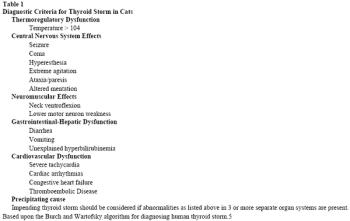
Acute thyrotoxicosis
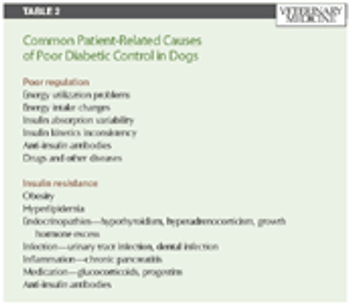
Diabetes mellitus is a common endocrinopathy in canine practice, but successful patient management sometimes can be a challenge.

Pancreatitis: Inflammation of the pancreas
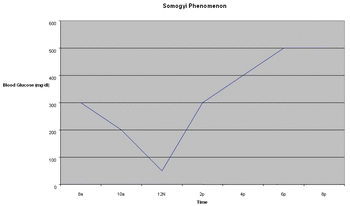
Feline Hyperthyroidism

Feline hyperthyroidism was first described in 1979 by Peterson and 1980 by Holzworth. It is now estimated that the incidence is as high as 2% of the feline population seen in tertiary veterinary care facilities.

Although only recently discovered, feline adrenal disorders are becoming increasingly more recognized. Feline adrenal disorders include diseases such as hyperadrenocorticism (Cushing's syndrome) and hyperaldosteronism (Conn's syndrome).

Addison's disease and Cushing's syndrome are opposite sides of the same coin. Both are manifestations of dysfunction of the adrenal glands.

Possible mechanisms of hypercalcemia

Pathogenesis: Insulin-dependent (rare), non-insulin dependent, transient, How do you distinguish, does it matter.

Hypoadrenocorticism is an uncommon endocrinopathy, which may be difficult to recognize due to its varied clinical presentation.

Hyperadrenocorticism: a rare disorder in
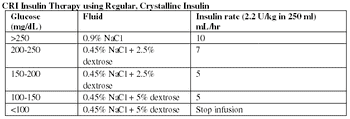
Pathophysiology: Ketone bodies: acetoacetate, beta hydroxybutyrate, acetone

Hypothyroidism is a common endocrine disorder of middle-aged, purebred dogs resulting in decreased production of the thyroid hormones, thyroxine (TT4) and tri-iodothyronine (T3) from the thyroid gland. The majority is believed to be due to acquired primary hypothyroidism.
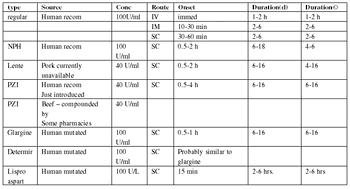
Insulin treatment options for diabetic cats.